Lesson summary
Students will familiarise themselves with some of the vocabulary around waste by creating a definition for waste and considering where it comes from. They will then work collaboratively to create a class waste safety code that includes a range of technical waste-related nouns and verbs.
Learning intentions:
Students will...
- explore how to work with waste safely
- draw on prior knowledge and personal experiences.
Success criteria:
Students can...
- use nouns and verbs in the correct context
- write a class safety code for handling waste.
Lesson guides and printables
Curriculum links
Select your curriculum from the options below.
Lesson details
Skills
This lesson is designed to build students’ competencies in the following skills:
- critical thinking
- collaboration
- communication
- community engagement
Curriculum Mapping
Australian Curriculum (v9.0) content description:
Year 3 English
Students learn to:
- understand how verbs represent different processes for doing, feeling, thinking, saying and relating (AC9E3LA07)
- extend topic-specific and technical vocabulary and know that words can have different meanings in different contexts (AC9E3LA10)
- use comprehension strategies when listening and viewing to build literal and inferred meaning and begin to evaluate texts by drawing on a growing knowledge of context, text structures and language features (AC9E3LY05).
Year 4 English
Students learn to:
- expand vocabulary by exploring a range of synonyms and antonyms, using words encountered in a range of sources (AC9E4LA11)
- use comprehension strategies such as visualising, predicting, connecting, summarising, monitoring and questioning to build literal and inferred meaning, to expand topic knowledge and ideas, and evaluate texts (AC9E4LY05).
Relevant parts of Year 3 English achievement standards: Students use language features, including topic-specific vocabulary and/or visual features and voice features. They read, view and comprehend texts, recognising their purpose and audience.
Relevant parts of Year 4 English achievement standards: Students use language features including subjective and objective language, topic-specific vocabulary and literary devices, and/or visual features and features of voice. They read, view and comprehend texts created to inform, influence and/or engage audiences.
NSW Syllabus outcomes:
A student:
- reads and comprehends texts for wide purposes using knowledge of text structures and language, and by monitoring comprehension (EN2-RECOM-01)
- builds knowledge and use of Tier 1, Tier 2 and Tier 3 vocabulary through interacting, wide reading and writing, and by defining and analysing words (EN2-VOCAB-01).
General capabilities: Critical and Creative Thinking, Literacy, Personal and Social Capability
Cross-curriculum priority: Sustainability
Level of teacher scaffolding: Medium - oversee class discussions and lead students in the development of the class waste safety code.
UN Sustainable Development Goals
UN SDG 12: Ensure sustainable consumption and production patterns
- Target 12.5: By 2030, substantially reduce waste generation through prevention, reduction, recycling and reuse
Resources Required
- Device capable of displaying audiovisual material
- Discussion Cards
- Sample Waste Safety Code
- Waste Images
Additional Info
This unit of lessons is designed for students to build their literacy comprehension skills while exploring the real-world issue of waste. Cool.org thanks our philanthropic funder, Eldon and Anne Foote Trust, through the Lord Mayor’s Charitable Foundation, for their generous contributions in creating these resources.
Related Professional Learning
Playful Ideas: Primary Literacy
Quick summary: This course is designed to provide you with a range of playful ideas to use in primary classrooms with a literacy focus.
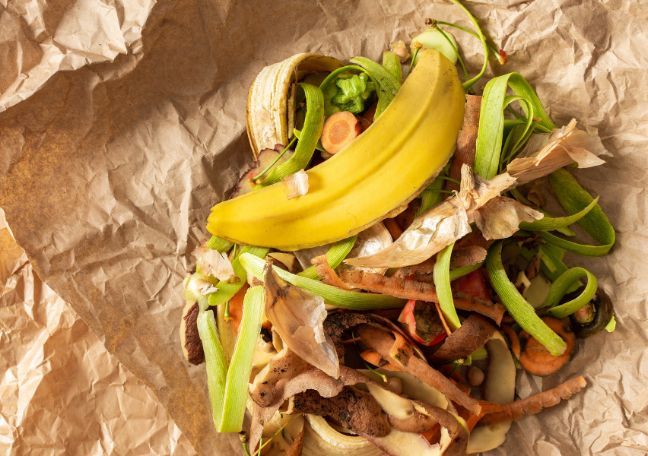
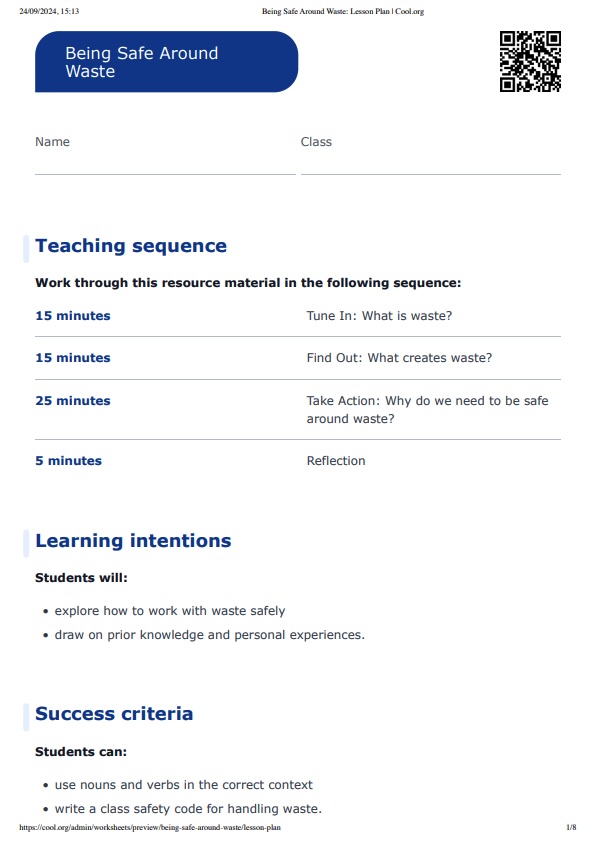
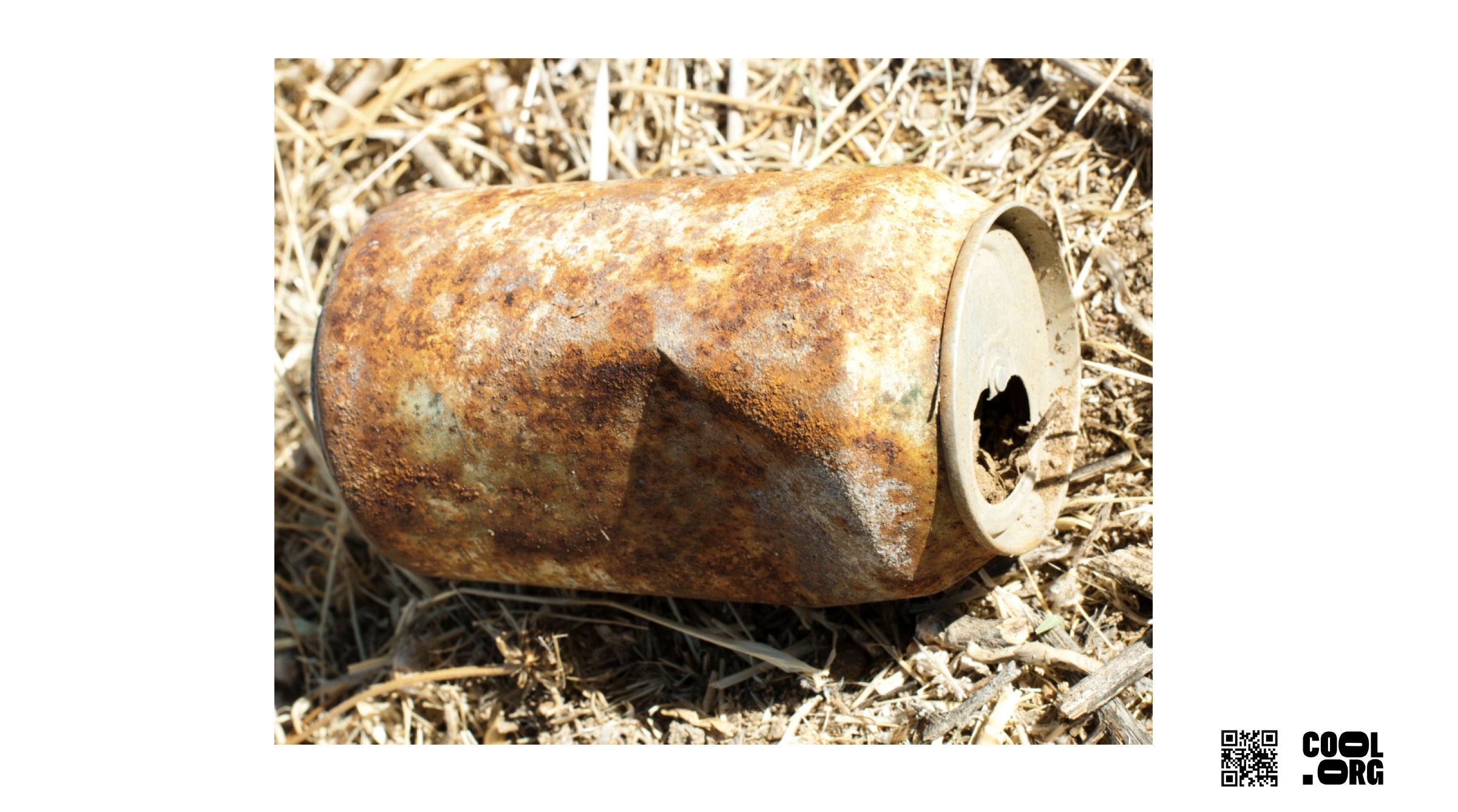
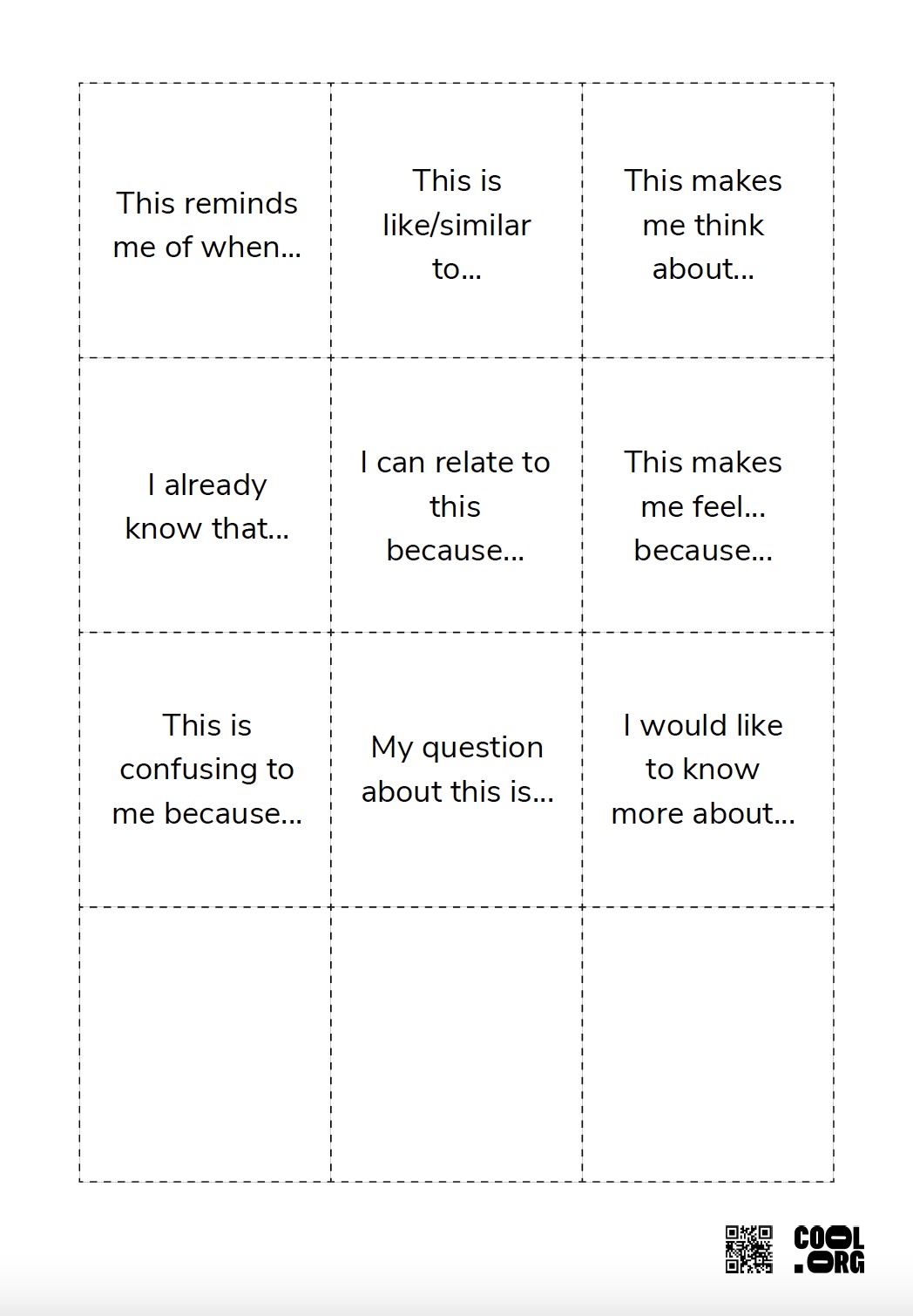
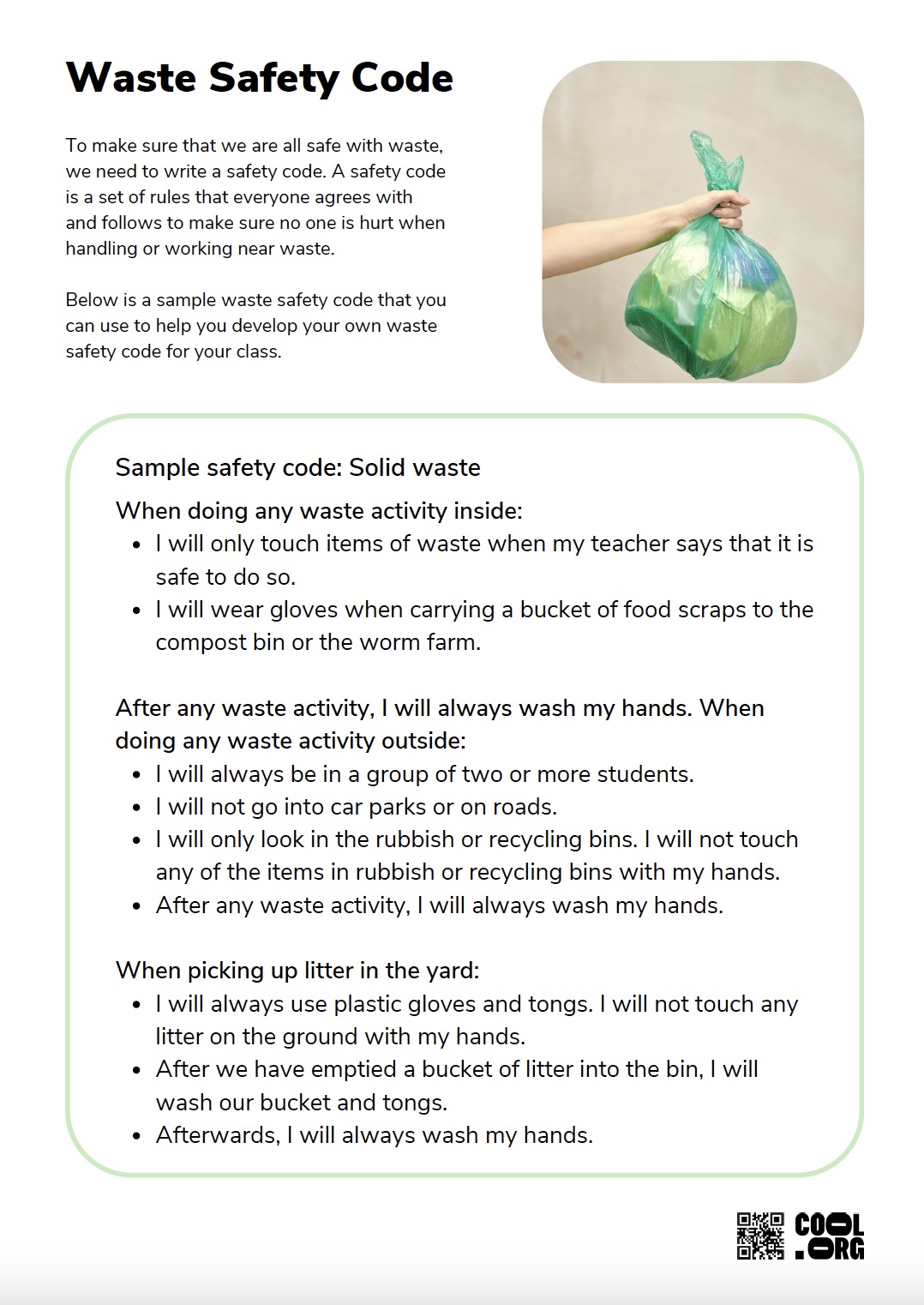
Welcome back!
Don't have an account yet?
Log in with:
Create your free Cool.org account.
Many of our resources are free, with an option to upgrade to Cool+ for premium content.
Already have an account?
Sign up with:
By signing up you accept Cool.org's Terms and Conditions(Opens in new tab) and Privacy Policy(Opens in new tab).